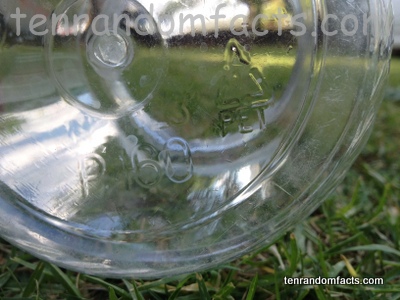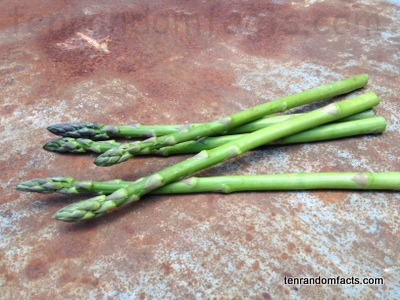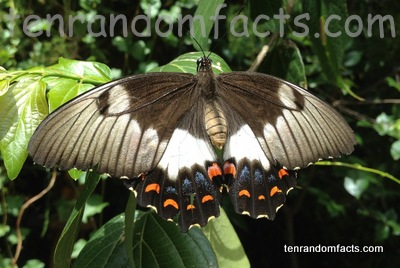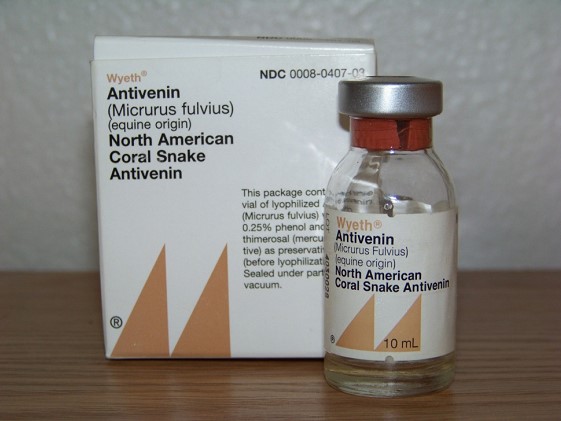
Polyethylene terephthalate – a lengthy compound.
- ‘Polyethylene terephthalate’ is also known as ‘PET’, ‘PETE’, ‘PETP’, ‘PET-P’ and ‘Dacron’, which is a brand name.
- Polyethylene terephthalate is a strong, light and safe plastic that is often made into containers to store foodstuff or liquids such as drinks, film – often for the packaging industry, and it is also used significantly in the textile industry.
- Of all the production of polyethylene terephthalate, approximately 30% is used in plastic bottles and more than 60% is produced as textile fibre.
- Polyethylene terephthalate is a type of polyester, and is named as such when used in textiles.
- Polyethylene terephthalate is made of a chemical structure of (C10H8O4)n.
- Polyethylene terephthalate is fully recyclable and has a recycling code of ‘1’, by which PET can be recognised.
- Polyethylene terephthalate was first patented in 1941 by chemists from England, named John Whinfield and James Dickson, invented for textile purposes.
- Polyethylene terephthalate is made from two organic compounds, dimethyl terephthalate and ethylene glycol that go through a heating and distilling process.
- Polyethylene terephthalate has become a very popular recycled material, as it can be recycled a number of times, and is generally converted to flakes or pellets to be further processed into fibres, film or formed in moulds, which are often made into carpets, fabrics, containers and other items.
- Polyethylene terephthalate is typically transparent when in thin sheets, but can be opaque when thick.
Bibliography:
PET Basics, n.d, NAPCOR, http://www.napcor.com/pdf/v4-11_NAPCOR_PET_Interactive.pdf
Polyethylene terephthalate, 2013, Wikipedia, http://en.wikipedia.org/wiki/Polyethylene_terephthalate
























